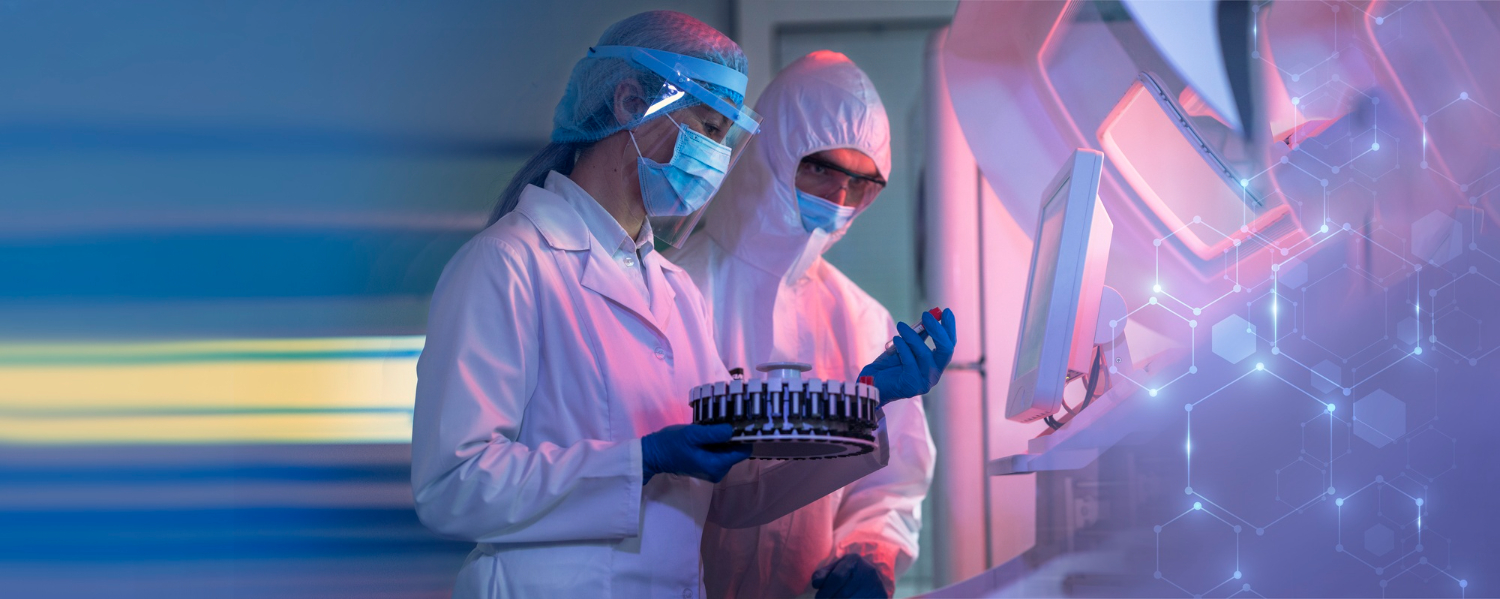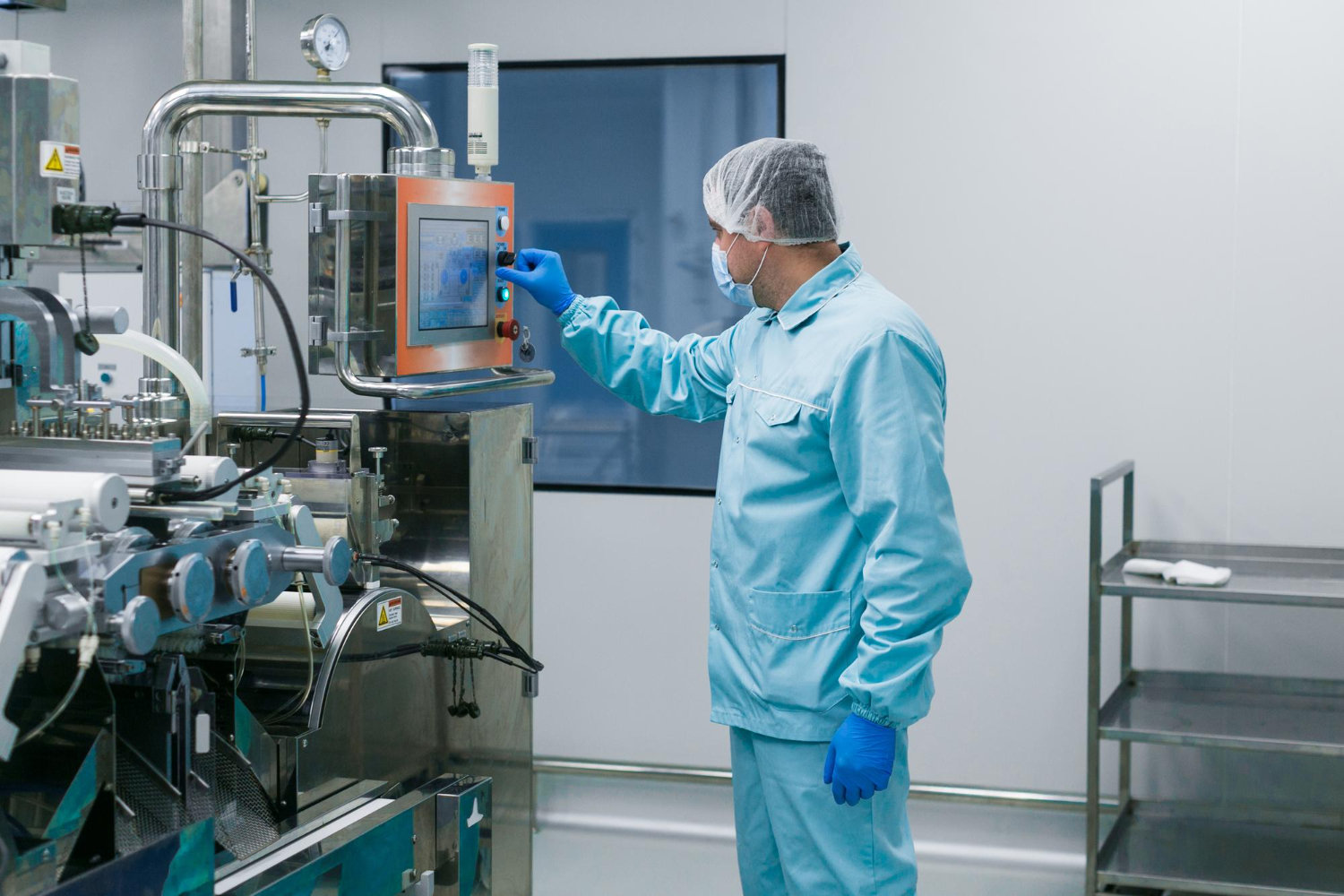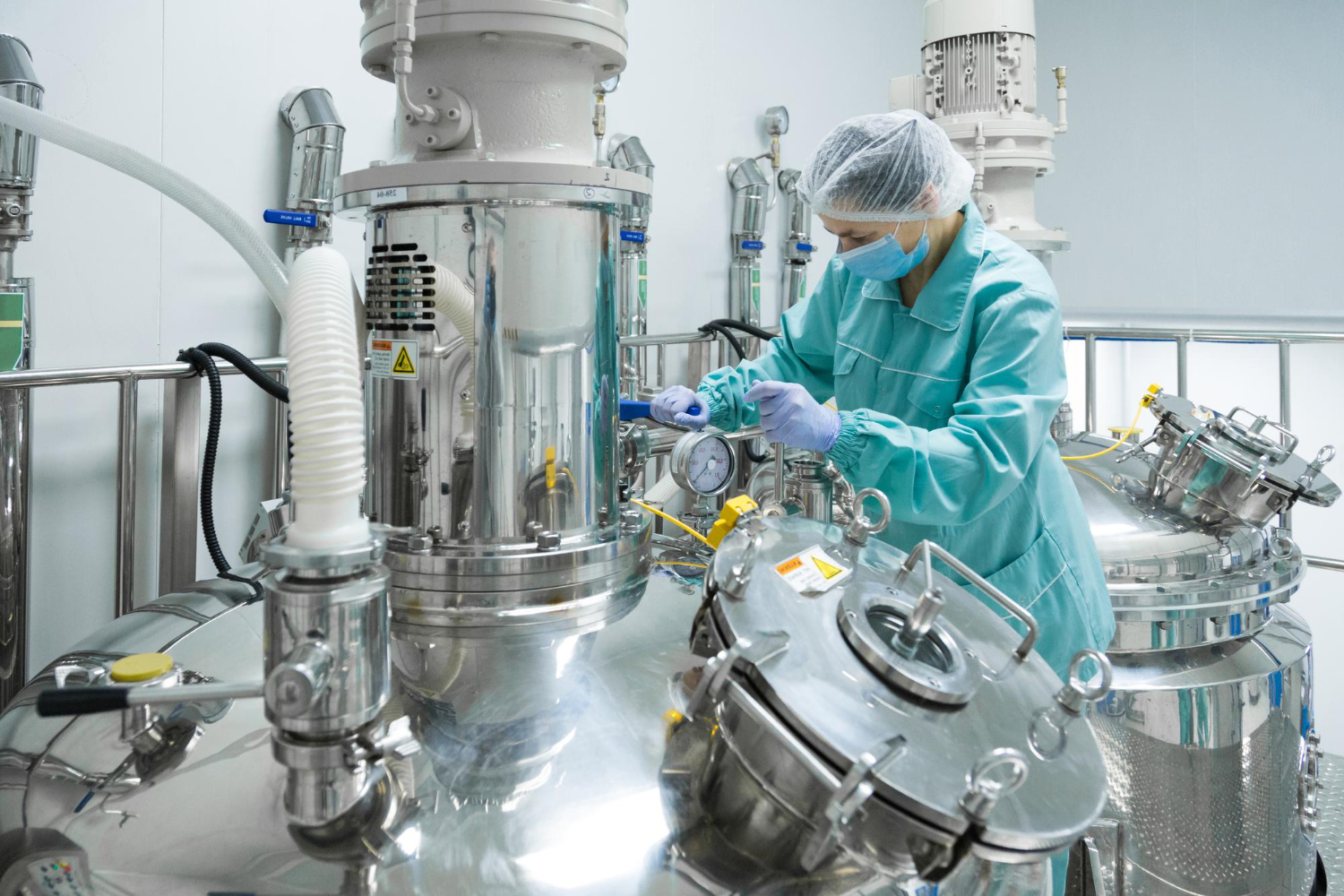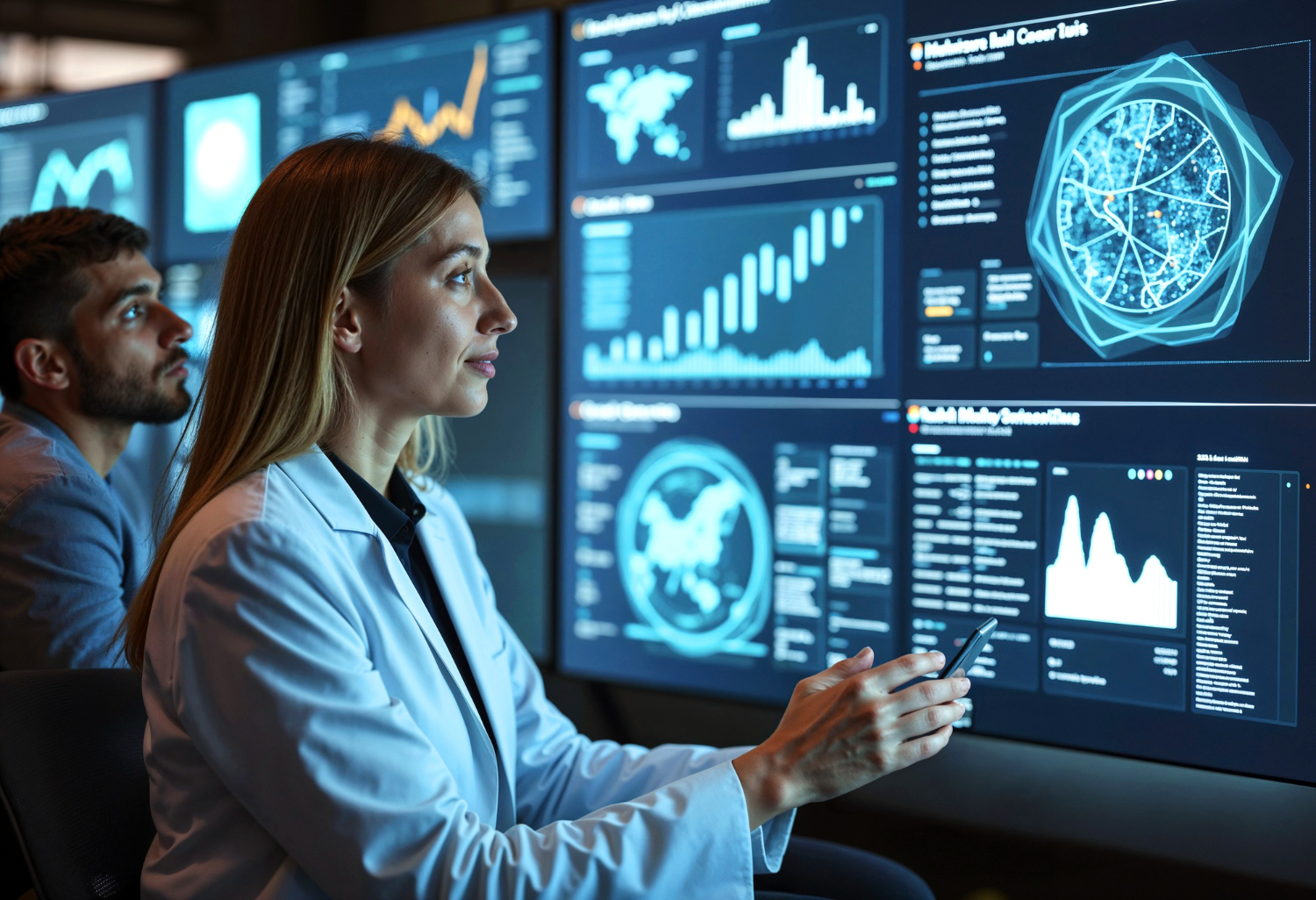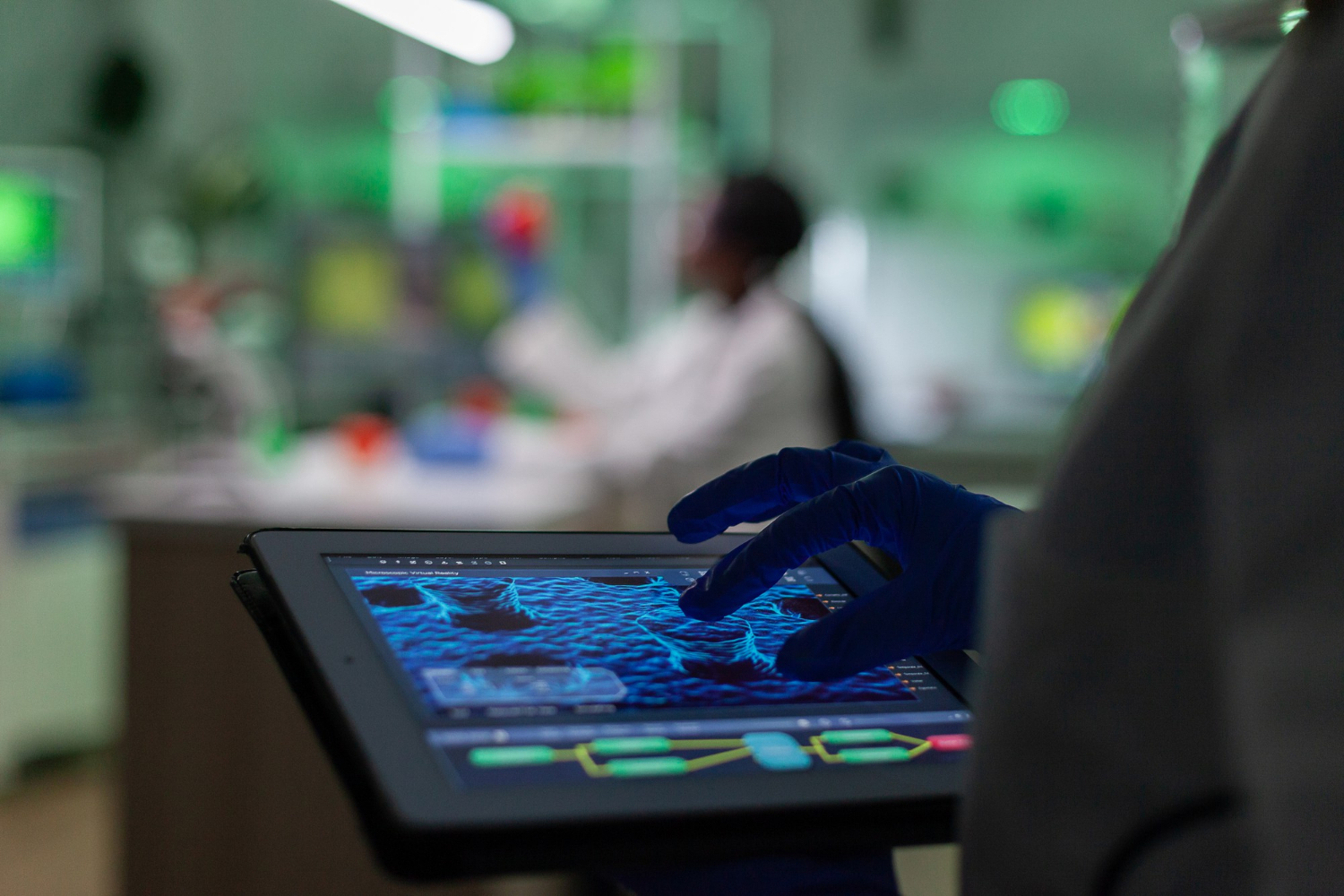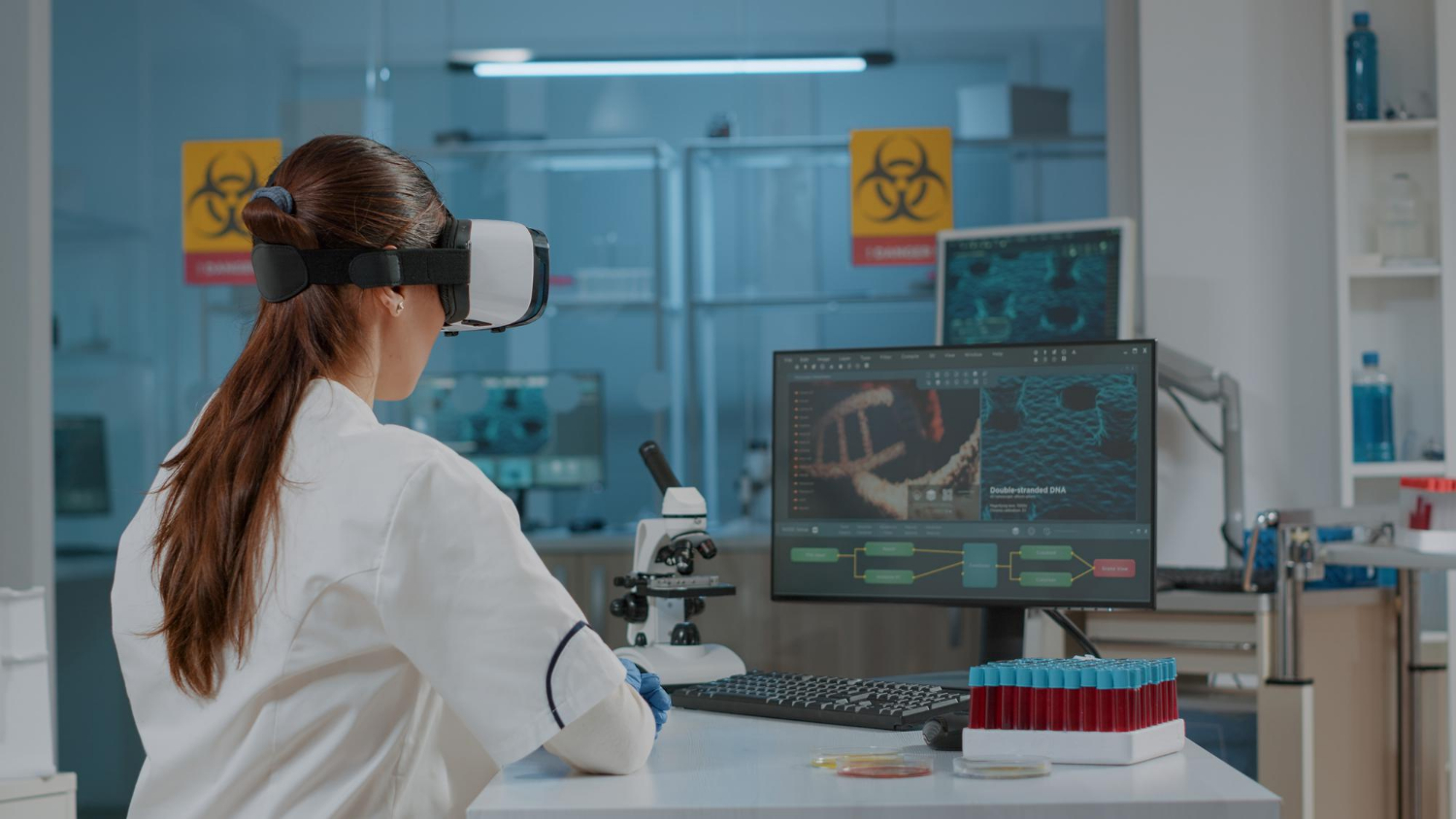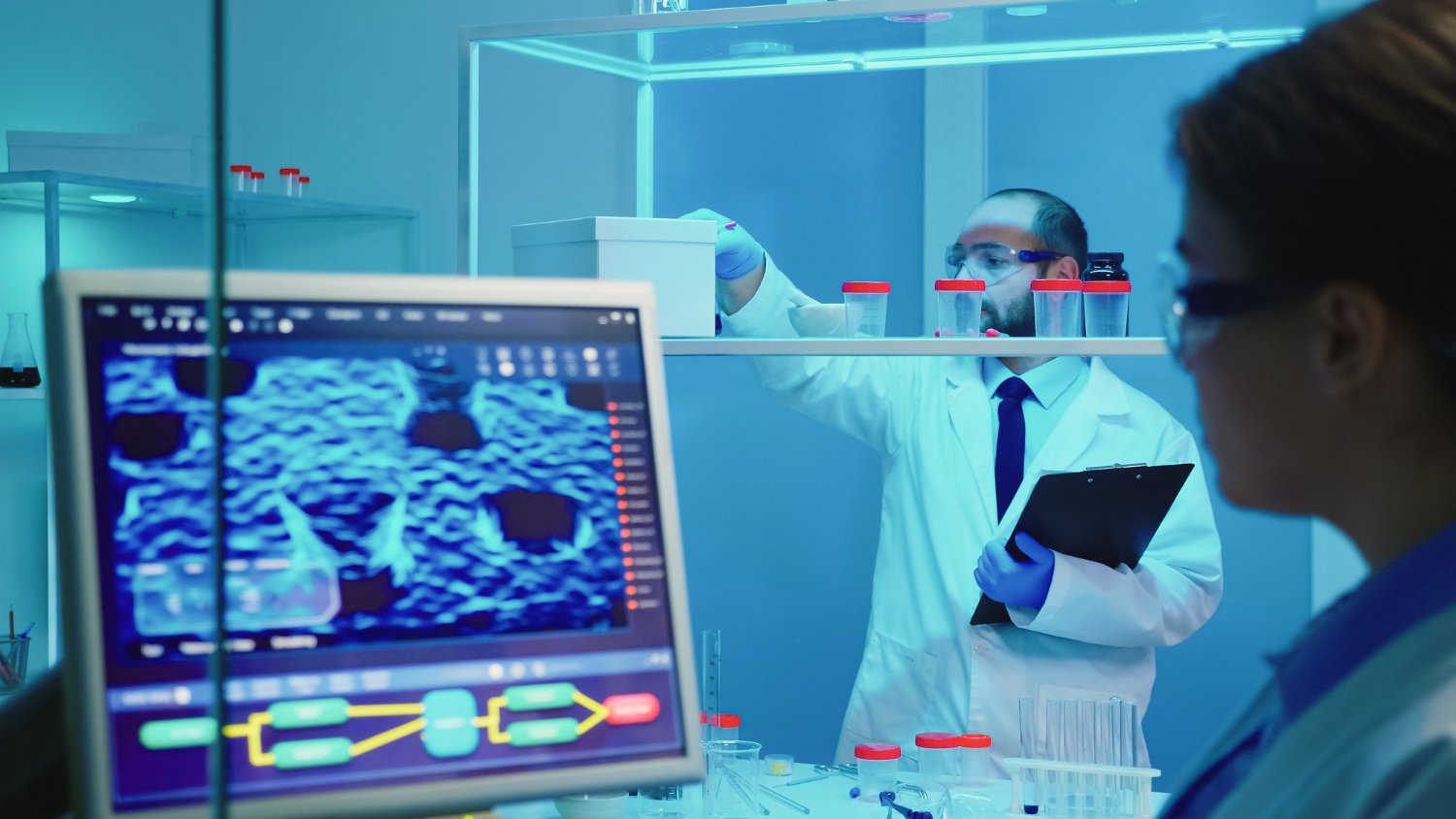Introduction
Pharmaceutical manufacturing is under strict supervision. Annex 1 compliance sets the standard for sterile drug production across the industry. Companies must show a strong contamination control strategy and keep their quality risk management practices transparent. Meeting these requirements demands more than paper-based records or rule-based checks.
AI provides a new approach. By automating visual inspections and supporting real-time monitoring, AI reduces uncertainty. It helps teams handle a wide range of inspection tasks with precision while ensuring that every step supports Annex 1 compliance.
Why Annex 1 Compliance Matters
Annex 1 focuses on sterile manufacturing. It outlines how facilities should design, monitor, and run operations to prevent contamination. It applies to all stages of the manufacturing process.
Compliance is not optional. It protects patient safety, supports global trust in pharmaceutical products, and shields companies from regulatory action. Failure to meet Annex 1 standards can lead to costly delays, rejected batches, or even suspension of licences.
Annex 1 compliance also asks for clear documentation. Every risk assessment, every adjustment in the contamination control strategy, and every inspection must be recorded and justified. AI tools help maintain this traceability.
The Role of AI in Inspections
Visual inspection has long been part of quality checks. Human inspectors often face limits in consistency and speed. Fatigue, subjective judgement, and high workloads can lead to errors.
AI changes the process. A system designed with deep learning can detect subtle defects in packaging, closure systems, or drug vials. It analyses thousands of images with high accuracy, and it does this in real time.
By integrating AI into inspections, companies gain a system that fine-tunes its performance over time. It adapts as it processes more data, improving the quality of detection. This reduces false rejects and prevents missed defects.
Read more: Cleanroom Compliance in Biotech and Pharma
Contamination Control Strategy and AI
Annex 1 places strong emphasis on contamination control strategy. Every manufacturing site must show how contamination risks are identified, assessed, and controlled.
AI helps in several ways. By analysing data from production lines, AI detects trends in particle levels or surface contamination. When thresholds are crossed, alerts are sent immediately. This real-time response gives teams time to act before risks escalate.
The system also links inspection outcomes to wider quality risk management. Each anomaly feeds back into risk assessments, strengthening the overall contamination control strategy.
Linking AI with Quality Risk Management
Quality risk management requires structured assessment. Risks must be identified, evaluated, and controlled. Annex 1 stresses that these processes should be science-based and documented.
AI supports this by processing large volumes of inspection data. Instead of random sampling, it can assess entire batches. This wide range of inputs provides a stronger base for decision-making.
Risk assessments become more accurate when backed by AI-driven insights. For example, if a spike in contamination events is linked to a specific stage in the manufacturing process, teams can investigate and correct it quickly.
Read more: AI’s Role in Clinical Genetics Interpretation
Benefits for Manufacturing Processes
In the pharmaceutical sector, every step of the manufacturing process carries risk. Annex 1 compliance demands that risks be managed at each stage.
AI visual inspections strengthen this by:
-
Reducing reliance on human-only inspections.
-
Detecting defects that might otherwise be missed.
-
Providing detailed logs for compliance audits.
-
Supporting continuous improvement in contamination control.
These benefits protect both the manufacturing process and patient safety. They also help reduce wasted batches, lowering costs and improving efficiency.
Wide Range of Use Cases
AI inspections are not limited to one stage. They can support a wide range of activities across pharmaceutical operations.
-
Packaging checks: Identifying cracks, leaks, or closure defects in containers.
-
Surface monitoring: Detecting particles or stains in clean areas.
-
Process monitoring: Tracking shifts in environmental data such as airflow or pressure.
-
Batch release support: Providing evidence that products meet cleanroom standards.
With these use cases, Annex 1 compliance becomes easier to demonstrate during audits.
Risk Assessments Backed by Data
Traditional risk assessments rely heavily on manual data collection and expert opinion. While valuable, these methods can leave gaps.
AI introduces precision. By collecting real-time data from cameras and sensors, AI provides an evidence base for risk assessments. Teams no longer need to rely on small samples. Instead, they can evaluate continuous streams of data from the entire production line.
This strengthens the credibility of the contamination control strategy and supports Annex 1 compliance.
Read more: Top Biotechnology Innovations Driving Industry R&D
Challenges and Considerations
While AI brings many benefits, adoption comes with challenges. The system must be validated to meet regulatory requirements. Teams need training to understand AI outputs. Data management also becomes critical, as inspection systems generate large volumes of information that must be stored and protected.
Annex 1 requires transparency. This means that AI systems must provide explainable results. Black-box outputs without justification will not satisfy regulators. Therefore, companies should invest in explainable models that show why an inspection was flagged.
Future Outlook
AI is becoming central to pharmaceutical compliance. As Annex 1 requirements grow stricter, reliance on data-driven inspections will increase. Real-time monitoring and adaptive models will be essential to maintaining compliance in fast-moving production environments.
Companies that adopt AI early will be better prepared. They will not only meet compliance requirements but also improve efficiency and reduce costs. This creates a competitive advantage in a regulated market.
Read more: AI-Enabled Medical Devices for Smarter Healthcare
How TechnoLynx Can Help
TechnoLynx delivers AI solutions tailored to pharmaceutical manufacturing. Our systems support Annex 1 compliance with advanced visual inspections, real-time monitoring, and explainable results.
We help organisations strengthen their contamination control strategy and quality risk management. From data collection to risk assessments, our solutions ensure that inspection systems meet regulatory expectations.
By working with TechnoLynx, companies gain a partner that understands both compliance and technology. We support the integration of AI into the manufacturing process, ensuring safety, efficiency, and readiness for audits.
Contact us now to learn more!
Image credits: Freepik


